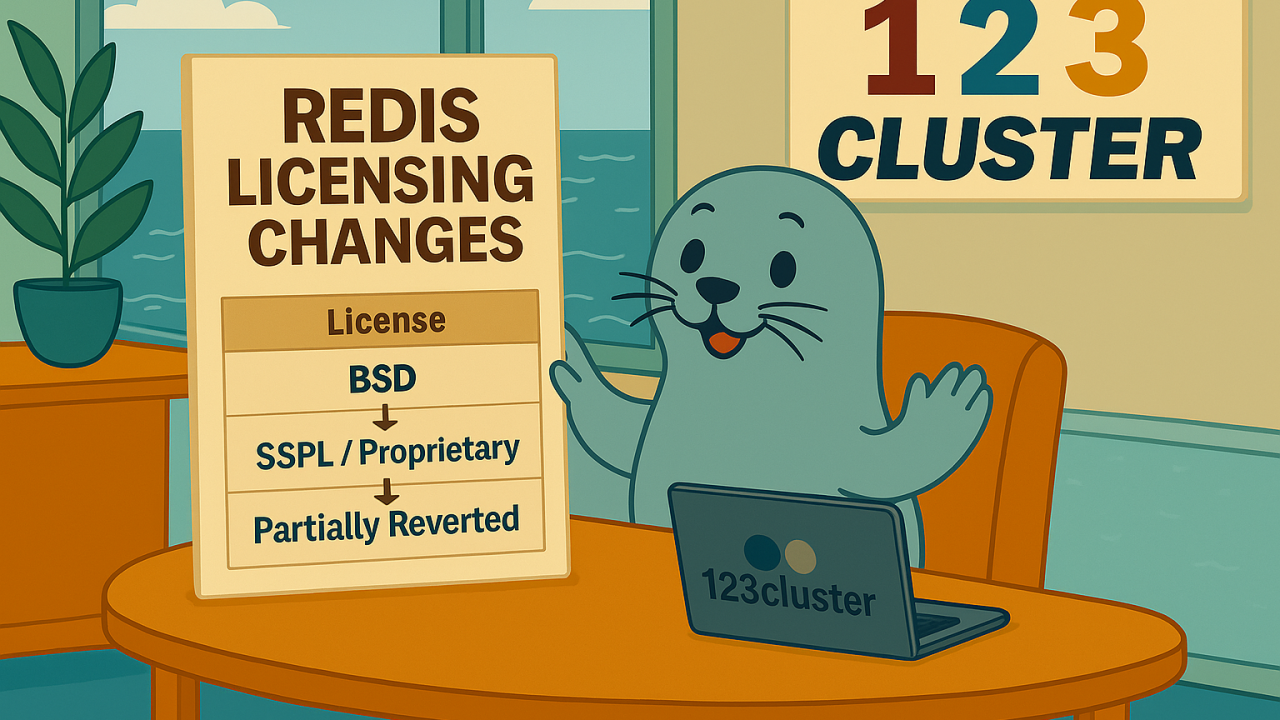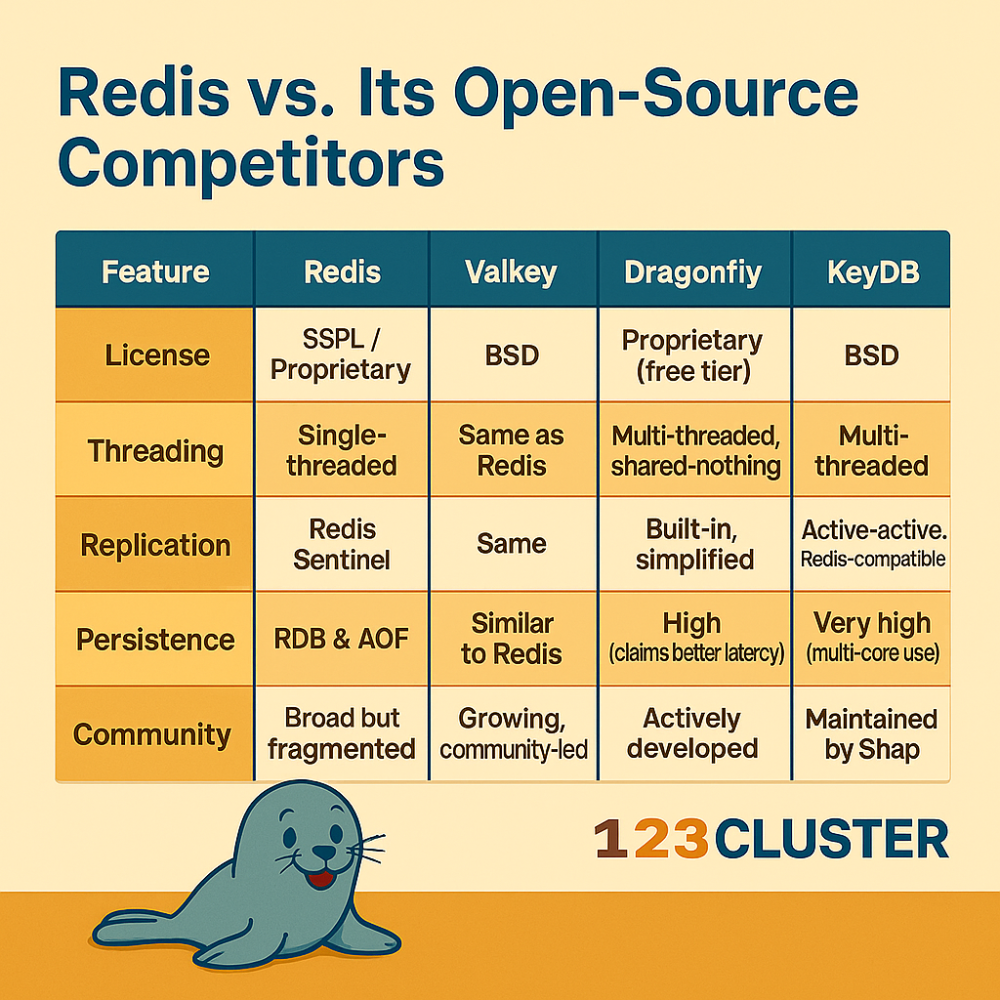
Imagine building your application on a trusted open-source foundation, only to find the ground shifting beneath your feet. That’s exactly what happened when Redis changed its licensing model: from permissive BSD, to a dual SSPL/proprietary setup and then partially reversed course.
For many developers, this wasn’t just a licensing change - it was a breach of trust. And in that vacuum, new players emerged, offering not only technical advantages but also a more predictable future.
The Redis ecosystem didn’t wait long to react. Here's a quick snapshot of the key open-source (and not-so-open-source) competitors stepping up:
These projects aren’t just forks or competitors. They represent a shift in developer expectations. Transparency, long-term support, and licensing clarity now matter as much as raw performance.
While there’s no one-size-fits-all replacement, one thing is clear: the Redis community has fragmented, and confidence in long-term vendor direction has been shaken.
Looking for insights into adoption trends? While formal graphs are limited, you can explore:
Percona’s blog on Redis forks and licensing impact
Performance benchmarks from Dragonfly, Garnet, KeyDB
Licensing instability doesn’t just create legal confusion, it shifts the power balance between vendors and users. In today’s infrastructure landscape, trust and clarity matter as much as speed and features.
That’s why at 123cluster, we’re building tools that don’t just perform well: they’re transparent, predictable, and designed to be owned by those who run them.

Automate deployment, scaling, and maintenance of your database clusters to ensure peak performance and reliability.